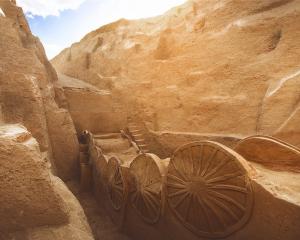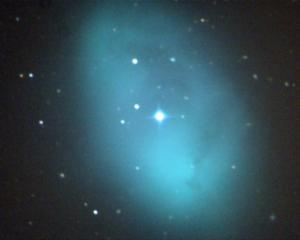
Recently, I was asked to identify the numerous leaf dimple galls - tiny indentations - on the large kōhūhū tree (Pittosporum tenuifolium) outside the Otago Museum door on Great King Street.

The galls on the kōhūhū were caused by the mite Trioza vitreoradiata, which belongs to the family Triozidae. These are also known as jumping plant lice, the common name for psyllids.
Despite their seemingly energetic name, they are sluggish and remain in one place, where they suck the plant’s sap. However, they do little harm to their host plants.
Plant galls are very widespread on leaves. They can be caused by several different kinds of organisms whose shared characteristics are parasitism and the ability to stimulate the plant to grow a gall.
Bacteria, fungi, mites and insects produce many galls.
A gall (cecidium) is an abnormal growth or swelling on a plant. Galls may be formed on roots, stems or leaves. Some, like clubroot, are symptoms of disease.
Others, like the psyllid-caused dimple galls, do little harm to the plant, while some, like the nitrogen-fixing root nodules of legumes, are highly beneficial to the plant.
Gall-wasps (family Cynipidae) belong to the order Hymenoptera and are numerous in the northern hemisphere where their host plants are often oaks.
Their lifecycles are frequently fascinating, however the family is poorly represented in New Zealand.











